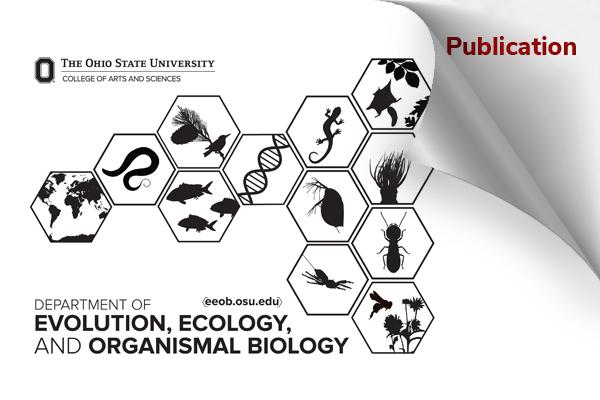EEOB Publication - Sabree

Microbiome metabolic capacity is buffered against phylotype losses by functional redundancy
Kayla Cross, Noelle Beckman, Benjamin Jahnes, Zakee L. Sabree. 2025. DOI: 10.1128/aem.02368-24.
ABSTRACT
Many animals contain a species-rich and diverse gut microbiota that likely contributes to several host-supportive services that include diet processing and nutrient provisioning. Loss of microbiome taxa and their associated metabolic functions as result of perturbations may result in loss of microbiome-level services and reductionof metabolic capacity. If metabolic functions are shared by multiple taxa (i.e., functional redundancy), including deeply divergent lineages, then the impact of taxon/function losses may be dampened. We examined to what degree alterations in phylotype diversity impact microbiome-level metabolic capacity. Feeding two nutritionally imbalanced
diets to omnivorous Periplaneta americana over 8 weeks reduced the diversity of their phylotype-rich gut microbiomes by ~25% based on 16S rRNA gene amplicon sequencing, yet PICRUSt2-inferred metabolic pathway richness was largely unaffected due to their being polyphyletic. We concluded that the nonlinearity between taxon and metabolic functional losses is due to microbiome members sharing many well characterized metabolic functions, with lineages remaining after perturbation potentially beingcapable of preventing microbiome “service outages” due to functional redundancy.
